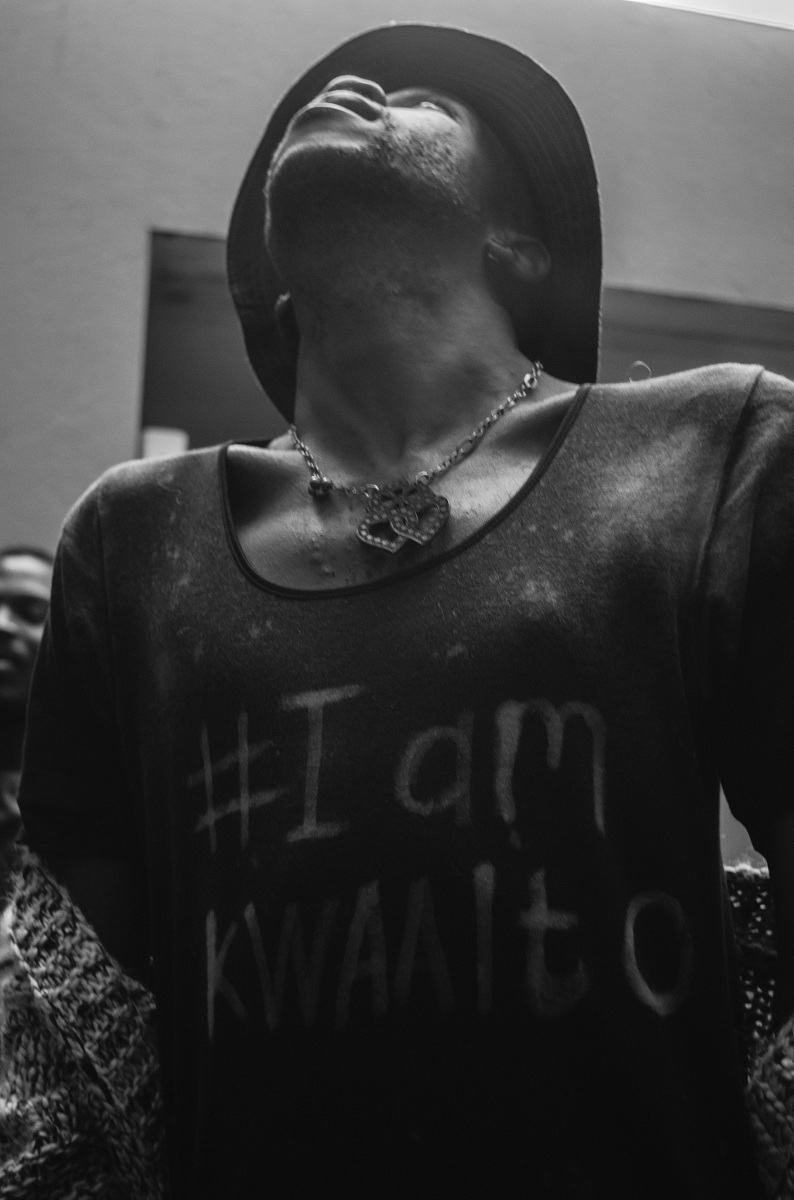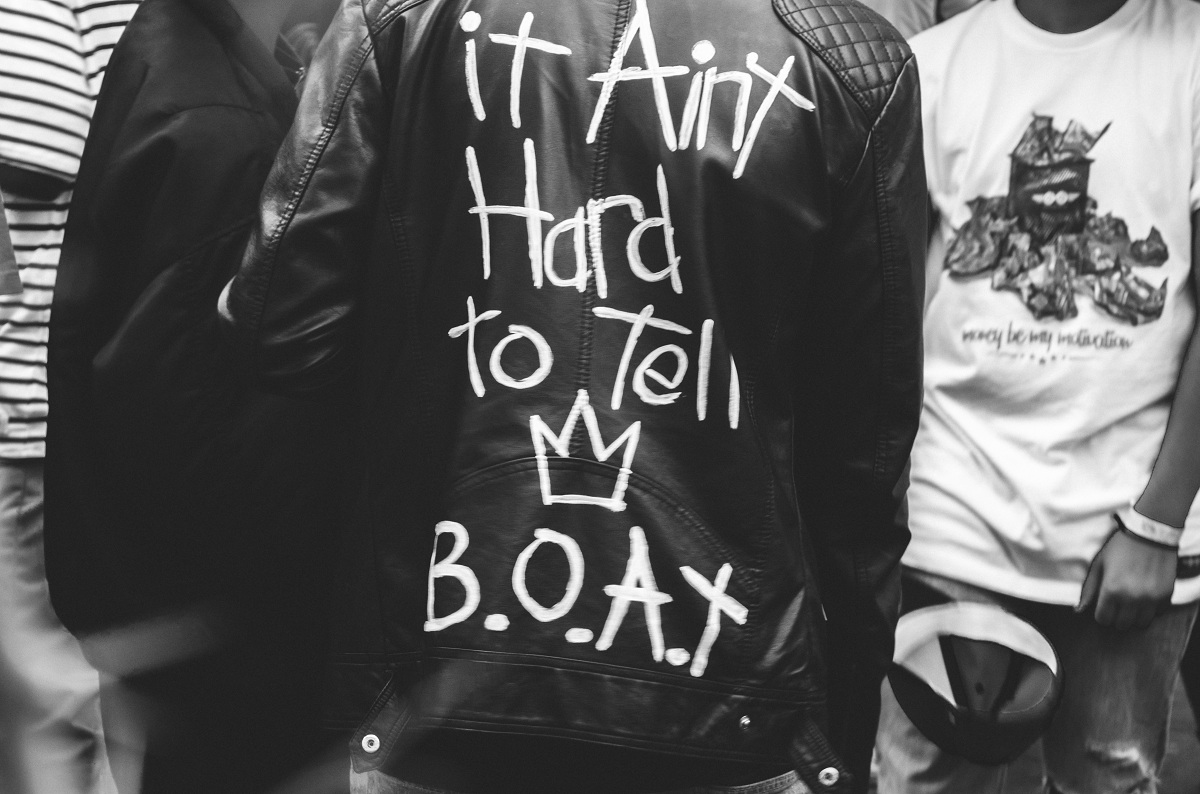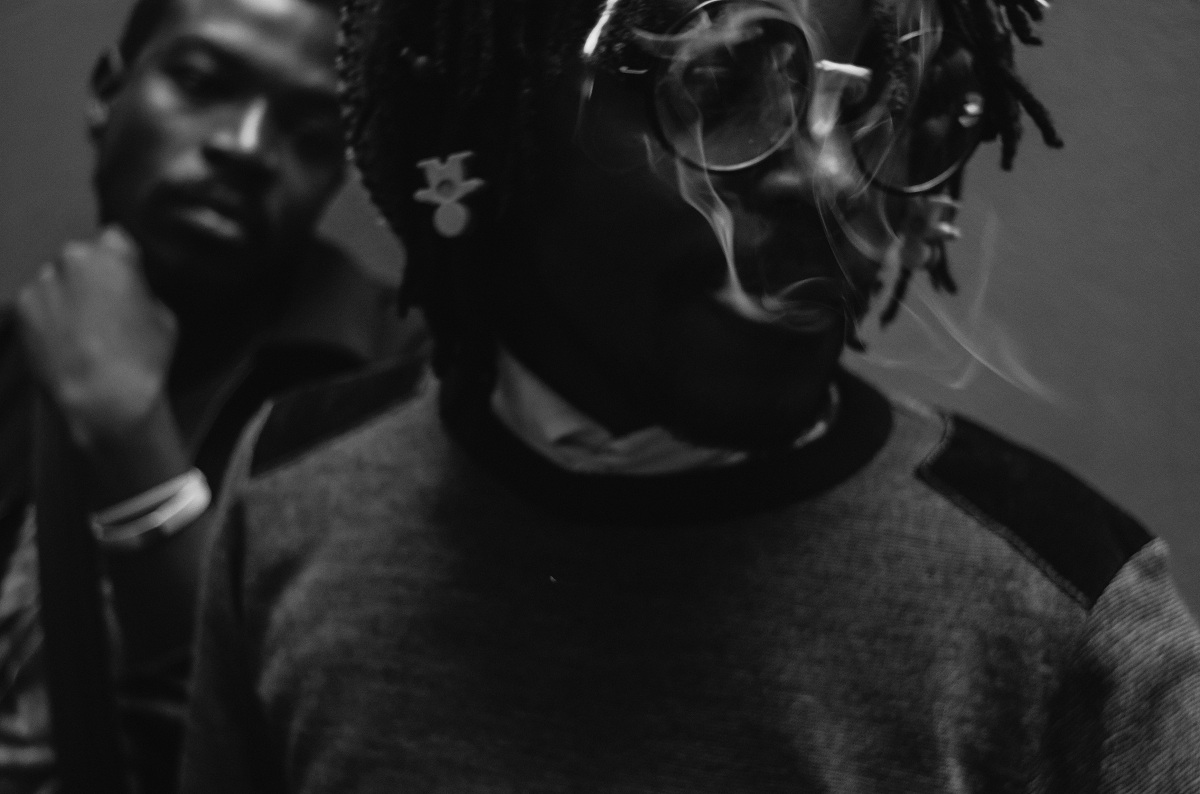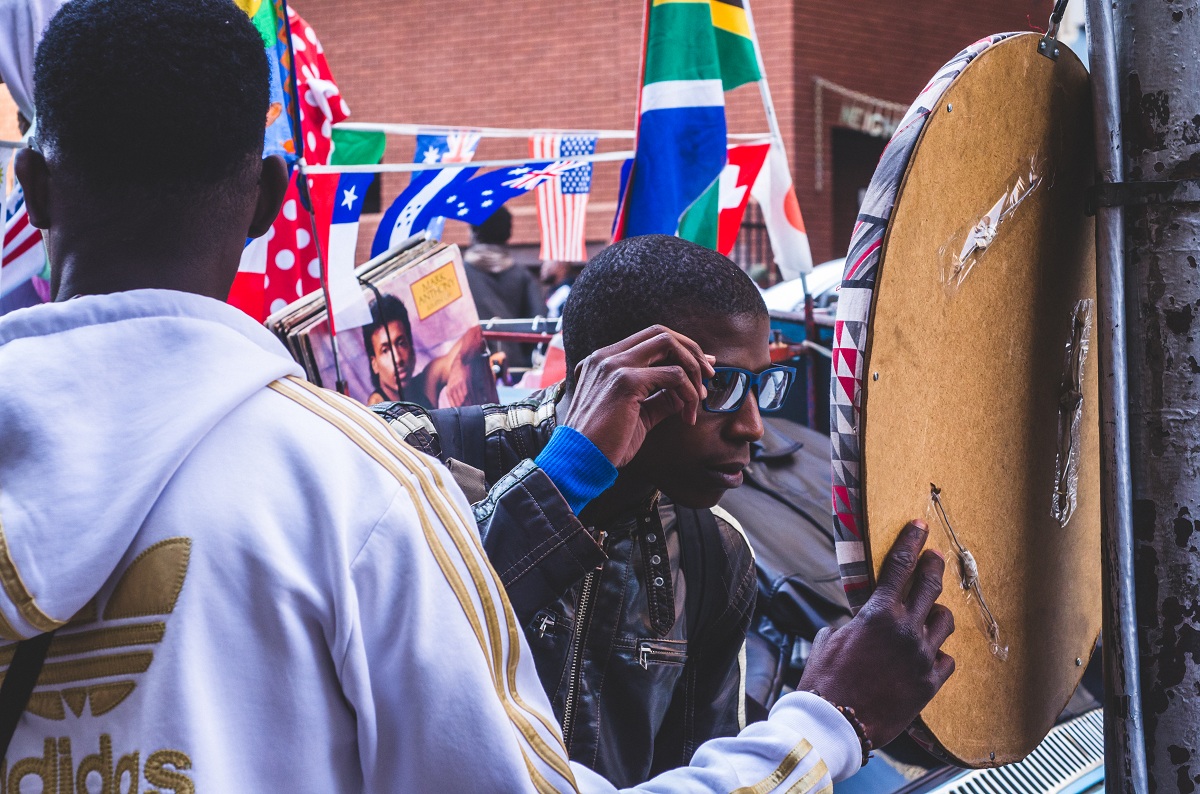The sea of young Joburg blackness speaks in code through irreverent apparel, pushing the boundaries of free speech on blogs and questioning the fast-waning appeal of old legacies.
Mandela-era ideals of reconciliation politics are seen as naive and should be left to white-run brands trying to preserve themselves. To the young voice, the confusion, which reigns on social commentary websites, on what black is – or is not – is of little concern. One thing’s for sure, the new negritude on Jozi streets is here to disrupt.
The blogosphere has been forerunner in breaking popular culture in ways that puts the media majors to shame. Documentation of the streets is nuanced. It gives real accounts of the current socio-economic conditions, especially the urgent narrative of race which in urban Joburg automatically lends itself to contestation of space.
Speaking of how essential the young black voice in the blogosphere and media space in general, founder of The Expressionist, Anthony Bila says, ‘Technology has given us the means to showcase our expression. We have always expressed ourselves as young black people, but were not taken seriously by agencies, brands and corporations.
‘I have instances where I know brands use my work as reference in pitches and presentations then hire more established white photographer to merely recreate my style.’
‘This is even when the body of your work speaks for itself. I have instances where I know brands use my work as reference in pitches and presentations then hire more established white photographer to merely recreate my style.’
According to Bila, ‘The tide is slowly turning, and it will gain momentum with more unapologetic young black creatives voicing themselves and having the conversations – that make many uncomfortable – through their work.’
‘I realised that we are under represented on the internet as black people, or better yet exoticized.’
For this reason Bila’s blog switched from pure curation to being a platform where content is created from the ground up : ‘I realised that we are under represented on the internet as black people, or better yet exoticized, so this motivated my documentary of contemporary South Africa the way I perceive it.’
The trend also sees more Joburg creatives tapping into the intra-continental conversation, where it is common place to re-imagine the African experience through collaborations; shunning old colonial orders; and weakening the idea of drawn borders.
‘I want to expand my ideas to other African countries and inspire more creators to change the narratives, “bringing Africa to the world, and the world to Africa” is after all the mantra of my blog,’ Bila says.
As the local-brand world finds itself flogged everyday via social media for campaigns that are out of touch, while state-sponsored public relations are wide of the mark; the blog hits sweet spot, showing the reality of a Pan African Johannesburg through tropes of style, the obsoleteness of borders and the zeitgeist of emergent identities – a blackness that is in constant to and fro between its past and future.
Similarly, creative director, Phendu Kuta views the prevalence of the individualistic aesthetic – albeit expressing itself through a collective voice – of young Joburg as a significant barometer; it’s a symptom of an escalating boredom with the watered-down rhetoric of post-apartheid South Africa.
‘I think people are doing their own thing and expressing themselves as individuals rather than trying to set or follow trends.’
‘I think a lot of the innovators and influencers are not really focused on what’s trendy right now; I think people are doing their own thing and expressing themselves as individuals rather than trying to set or follow trends,’ Kuta says.
The urbanite behind Unlabelled Magazine heralds the DIY aspects of building from the ground up, as with her magazine launched in September last year.
‘Getting it off the ground was not easy, especially since I am self-taught. It was a trial and error situation, where I had a thirst to provide a space that speaks of the times.’ This generation wants ‘to share its stories abundantly and in an honest way and the internet has become a stage for this innovative voice,’ she adds.
As the pageantry plays out on blogs, three-minute clips on YouTube and Instagram, young Joburg is resolute. They come with a coded language of style that speaks through peak caps, ripped skinny jeans, all-black ensembles and racing jerseys, bomber-jackets, fade haircuts, fade dreadlocks, blond and neon hair dyes.
Theirs is neither an association with the perceived upward mobility of Afropolitanism, which mostly sponsors a mind-set of frivolity and cut-and paste flightiness that is profoundly impervious to the reality in our backyards. Read Binyavanga Wainaina for more.
These people cannot escape by changing location nor plan to move abroad. They can break free in the alleyways of the internet. The time for freedom, and the future, is now.




